Trump rules out cut in 50% tariffs on India, hints at additional escalatory measures against Russia
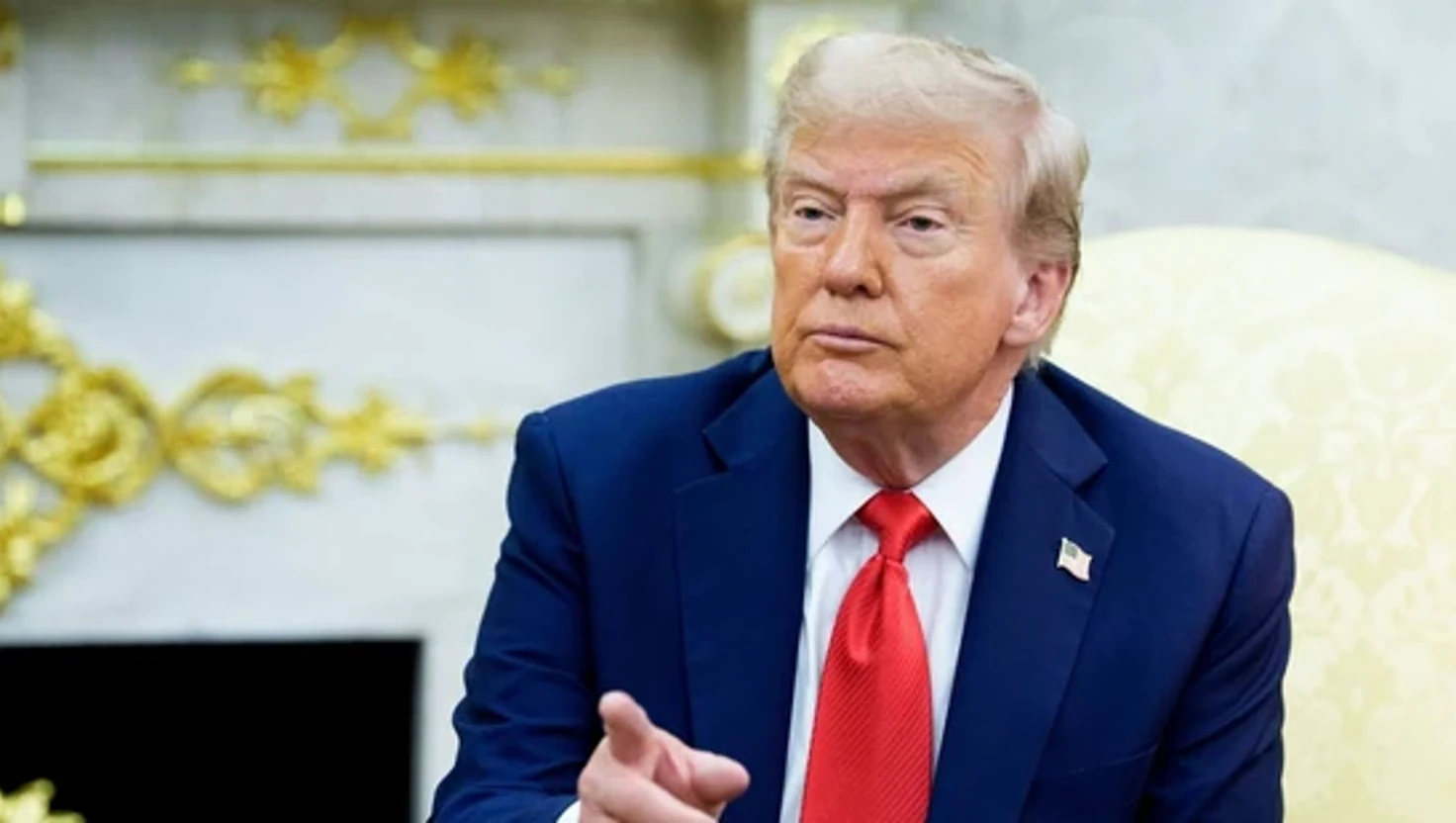
Trump rules out cut in 50% tariffs on India, hints at additional escalatory measures against Russia
US President Trump reiterates India sanctions as pressure on Moscow, ruling out tariff cuts, amidst strained US-India trade relations.
In a recent meeting at the White House, United States President Donald Trump defended his administration's stance on imposing secondary sanctions on India for its ongoing purchase of Russian oil. He suggested that these actions have already inflicted significant financial damage on Moscow and indicated that further measures could be implemented.
Trump's comments were made during a bilateral discussion with Polish President Karol Nawrocki, where he appeared frustrated by a question from a Polish journalist regarding his actions towards Russia. The journalist raised the issue of Trump expressing discontent with Russian President Vladimir Putin while seemingly not taking substantive action.
Trump responded assertively, questioning the journalist's understanding of effective measures. He remarked, "How do you know there’s no action? Would you say that putting secondary sanctions on India, the largest purchaser outside of China, they’re almost equal. Would you say there was no action? That cost hundreds of billions of dollars to Russia. You call that no action? And I haven’t done phase two yet or phase three."
Sanctions Explained
The United States has imposed a reciprocal tariff of 25 per cent on Indian goods, coupled with an additional 25 per cent duty linked specifically to India’s oil imports from Russia. These actions aimed at curtailing Russian revenue streams from energy exports took effect on August 27. As a result, the total duties on Indian merchandise have now reached 50 per cent.
Trump reiterated his position that India has historically benefited from an imbalanced trade relationship with the US, stating, “We get along with India very well, but for many years, it was a one-sided relationship. Only now, since I came along and because of the power that we have with us, India was charging us tremendous tariffs, about the highest in the world.”
India's Response
Prime Minister Narendra Modi has remained resolute against external pressures concerning India's energy procurement policies. He has publicly stated that domestic priorities will not be compromised, saying, "Pressure on us may increase, but we will bear it." The Indian government argues that its decisions regarding energy purchases are based solely on economic considerations rather than geopolitical pressures. Modi's administration asserts that the punitive tariffs imposed by the US could jeopardise a vital trade partnership between the two nations.
Furthermore, Indian Commerce Minister Piyush Goyal has indicated that both countries still aim to finalise a trade agreement by November. However, he admitted that "geopolitical issues" have hindered these discussions. Negotiations had progressed through five rounds between March and July, but subsequent trade talks have faced challenges, notably disputes surrounding agricultural market access and tariff reciprocity.
Ongoing Diplomatic Tensions
The trade relations between India and the United States have become increasingly strained following the imposition of tariffs. Recent remarks from Trump have added uncertainty to ongoing diplomatic engagements. White House officials have noted that India has been using its trade dollars from the US to purchase discounted Russian oil and has been exporting some refined products back to global markets.
Given these complexities, the future of US-India relations in the realm of trade remains uncertain. Any escalation of sanctions or tariffs could further complicate diplomatic negotiations and could significantly impact global markets.
As economic relations evolve in the context of the Russia-Ukraine war and broader geopolitical tensions, many are looking closely at how these international dynamics will unfold in the coming months. The statements from both Trump and Modi reflect a critical moment in which both leaders are seeking to assert their national interests while navigating a complex geopolitical landscape.
Trump's comments were made during a bilateral discussion with Polish President Karol Nawrocki, where he appeared frustrated by a question from a Polish journalist regarding his actions towards Russia. The journalist raised the issue of Trump expressing discontent with Russian President Vladimir Putin while seemingly not taking substantive action.
Trump responded assertively, questioning the journalist's understanding of effective measures. He remarked, "How do you know there’s no action? Would you say that putting secondary sanctions on India, the largest purchaser outside of China, they’re almost equal. Would you say there was no action? That cost hundreds of billions of dollars to Russia. You call that no action? And I haven’t done phase two yet or phase three."
Sanctions Explained
The United States has imposed a reciprocal tariff of 25 per cent on Indian goods, coupled with an additional 25 per cent duty linked specifically to India’s oil imports from Russia. These actions aimed at curtailing Russian revenue streams from energy exports took effect on August 27. As a result, the total duties on Indian merchandise have now reached 50 per cent.
Trump reiterated his position that India has historically benefited from an imbalanced trade relationship with the US, stating, “We get along with India very well, but for many years, it was a one-sided relationship. Only now, since I came along and because of the power that we have with us, India was charging us tremendous tariffs, about the highest in the world.”
India's Response
Prime Minister Narendra Modi has remained resolute against external pressures concerning India's energy procurement policies. He has publicly stated that domestic priorities will not be compromised, saying, "Pressure on us may increase, but we will bear it." The Indian government argues that its decisions regarding energy purchases are based solely on economic considerations rather than geopolitical pressures. Modi's administration asserts that the punitive tariffs imposed by the US could jeopardise a vital trade partnership between the two nations.
Furthermore, Indian Commerce Minister Piyush Goyal has indicated that both countries still aim to finalise a trade agreement by November. However, he admitted that "geopolitical issues" have hindered these discussions. Negotiations had progressed through five rounds between March and July, but subsequent trade talks have faced challenges, notably disputes surrounding agricultural market access and tariff reciprocity.
Ongoing Diplomatic Tensions
The trade relations between India and the United States have become increasingly strained following the imposition of tariffs. Recent remarks from Trump have added uncertainty to ongoing diplomatic engagements. White House officials have noted that India has been using its trade dollars from the US to purchase discounted Russian oil and has been exporting some refined products back to global markets.
Given these complexities, the future of US-India relations in the realm of trade remains uncertain. Any escalation of sanctions or tariffs could further complicate diplomatic negotiations and could significantly impact global markets.
As economic relations evolve in the context of the Russia-Ukraine war and broader geopolitical tensions, many are looking closely at how these international dynamics will unfold in the coming months. The statements from both Trump and Modi reflect a critical moment in which both leaders are seeking to assert their national interests while navigating a complex geopolitical landscape.
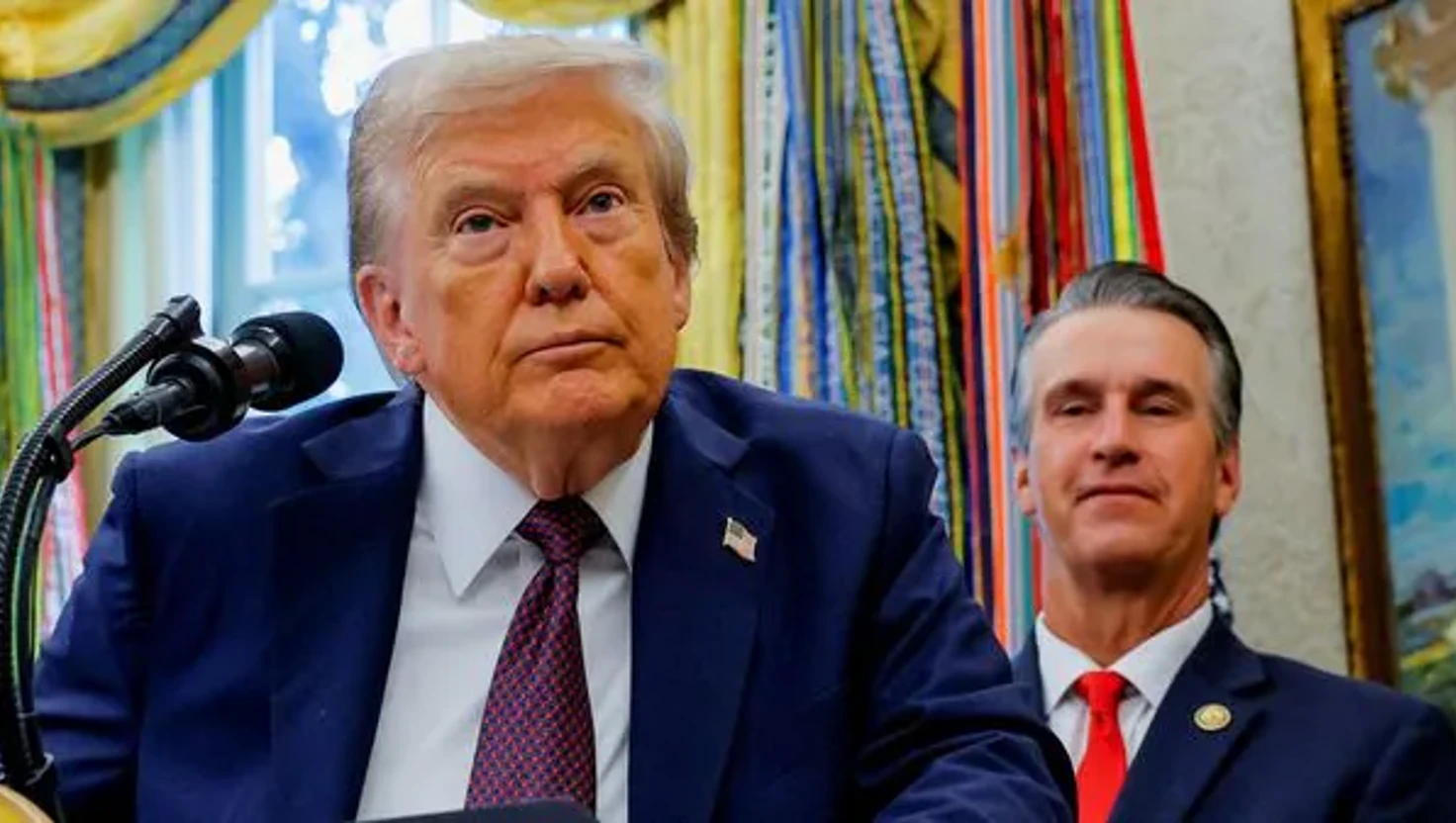
Trump again slams 'tremendous' Indian tariffs, labels US-India trade 'one-sided'
US President Donald Trump claims India's tariffs on American goods create a one-sided trade relationship, citing Harley-Davidson as an example.
| 2025-09-03
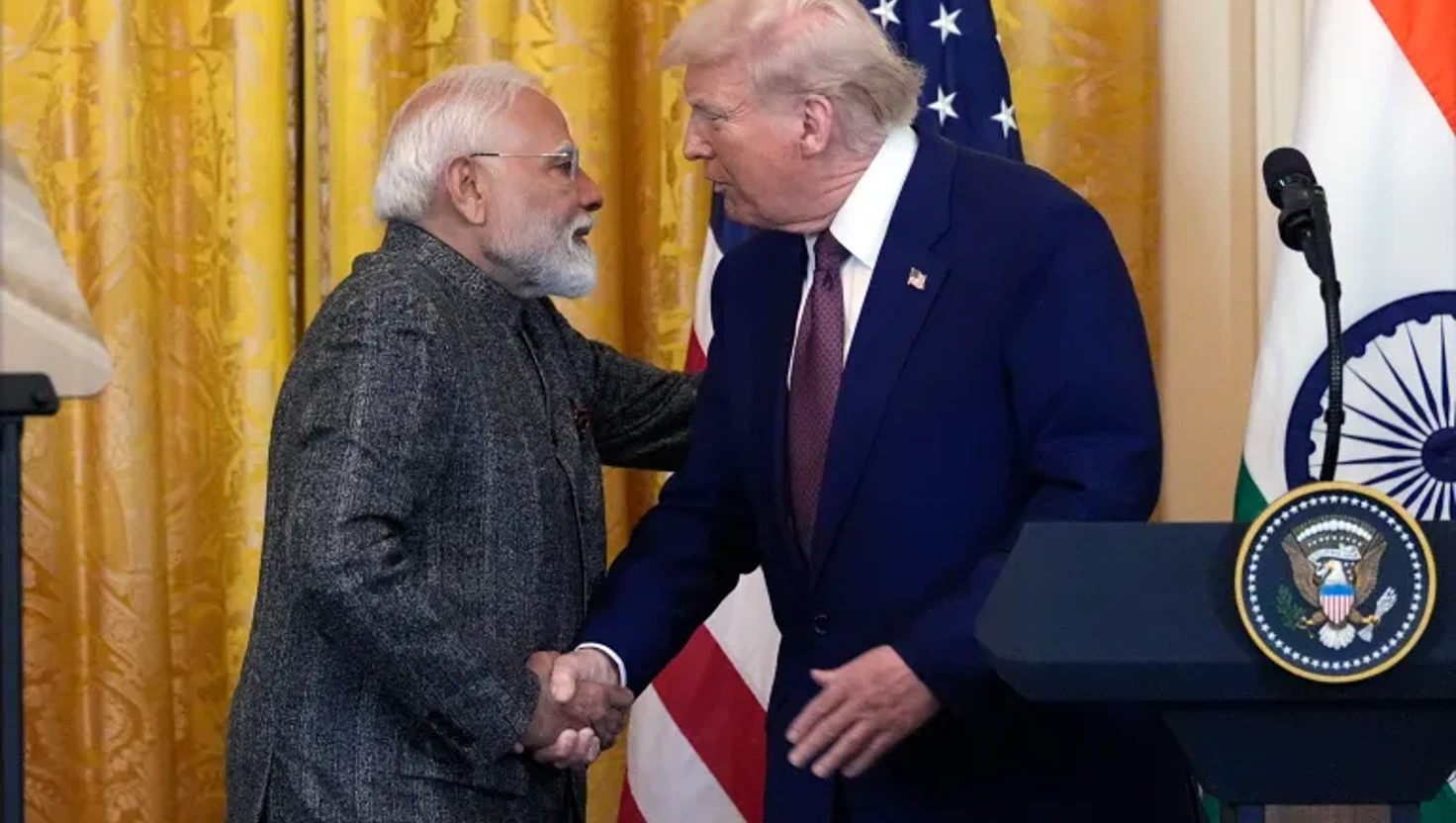
Trump Slams India, Calls Trade Relationship a 'One-sided Disaster'
U.S. President Donald Trump describes trade ties with India as unbalanced, claiming New Delhi offered to reduce tariffs on American goods to zero.
| 2025-09-02
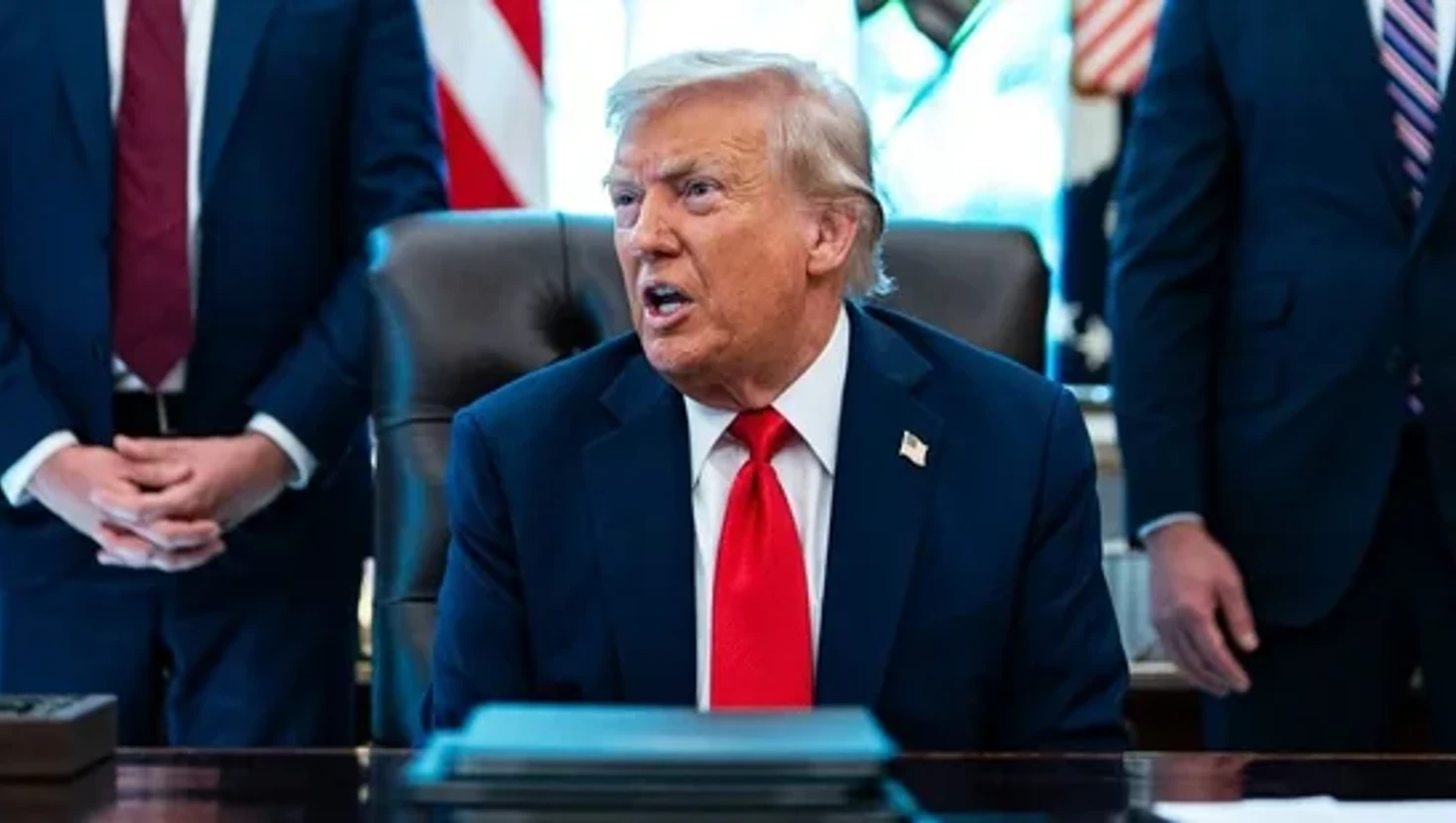
US would be "completely destroyed", military power will be "obliterated", warns Trump against court's decision on tariffs
After a court ruling invalidated many tariffs, US President Donald Trump has fervently defended his trade policies, warning of dire consequences without them.
| 2025-09-01
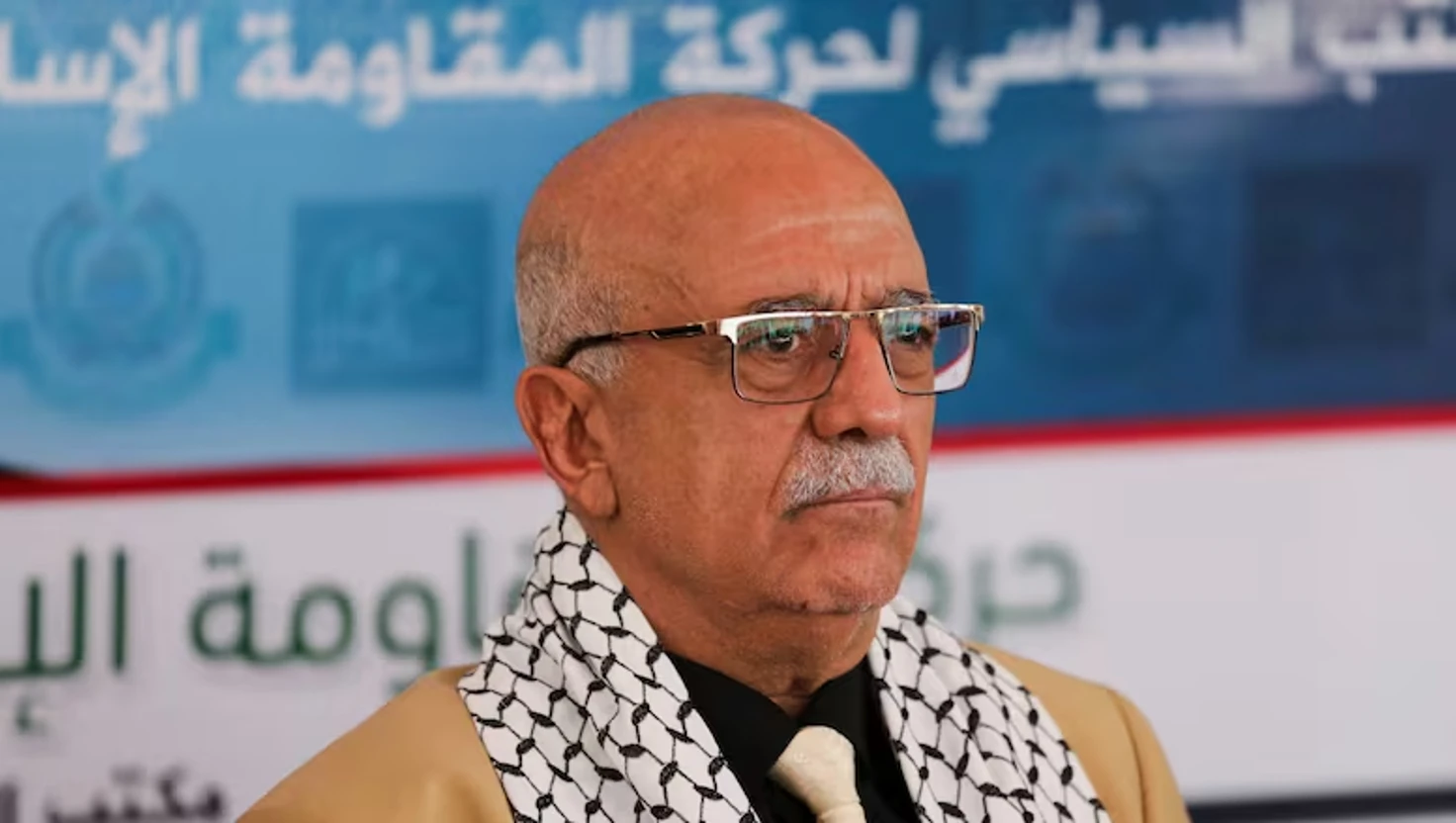
Israeli Strike Kills Houthi Prime Minister in Yemen
The prime minister of Yemen's Houthi government has been killed in an Israeli airstrike, escalating tensions in the region significantly.
| 2025-08-31
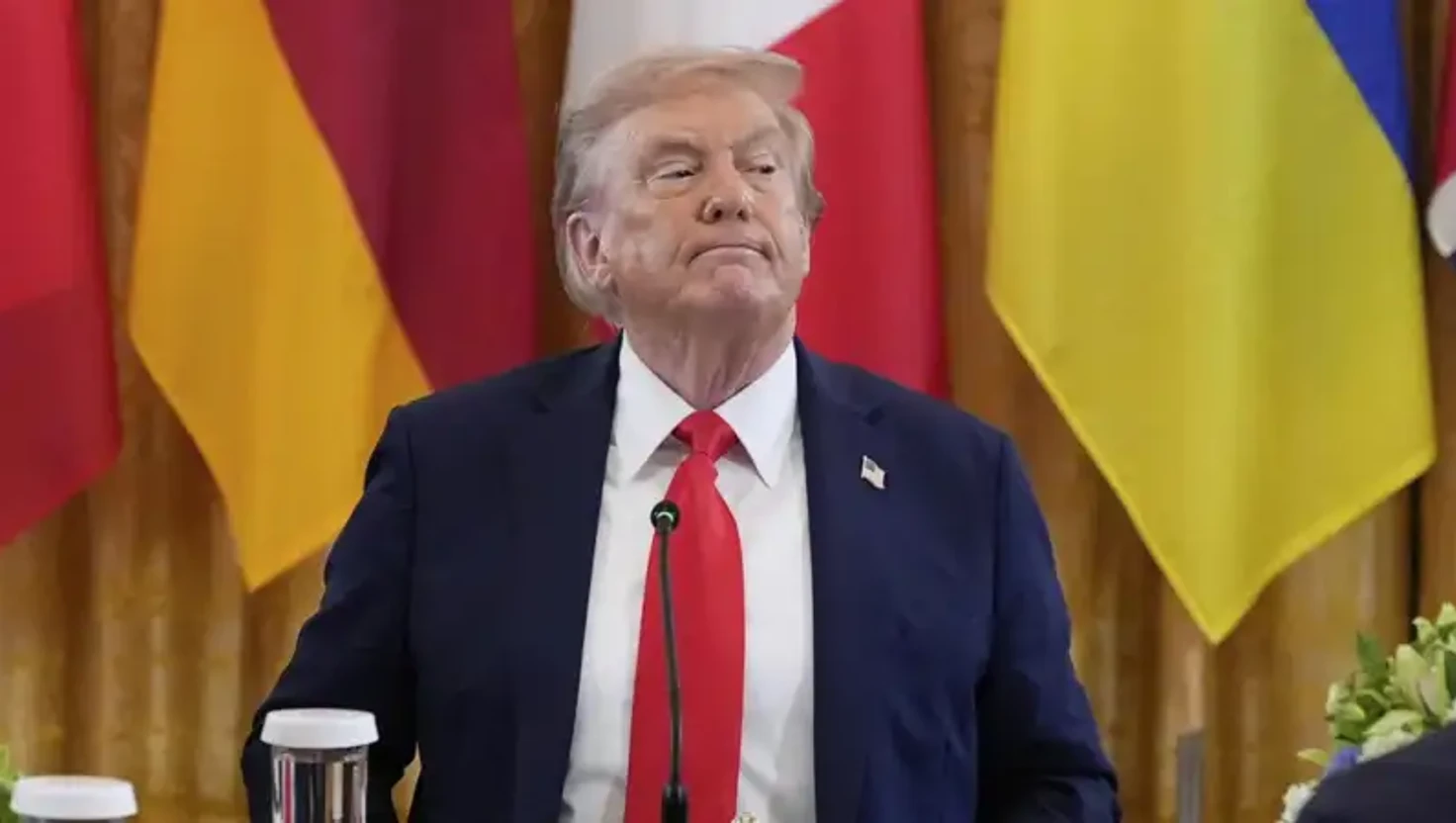
Federal Court strikes down most US tariffs, saying Trump overstepped authority
A federal appeals court has struck down key tariffs imposed by Trump, citing overreach of presidential authority. The ruling may challenge his trade policy.
| 2025-08-30




